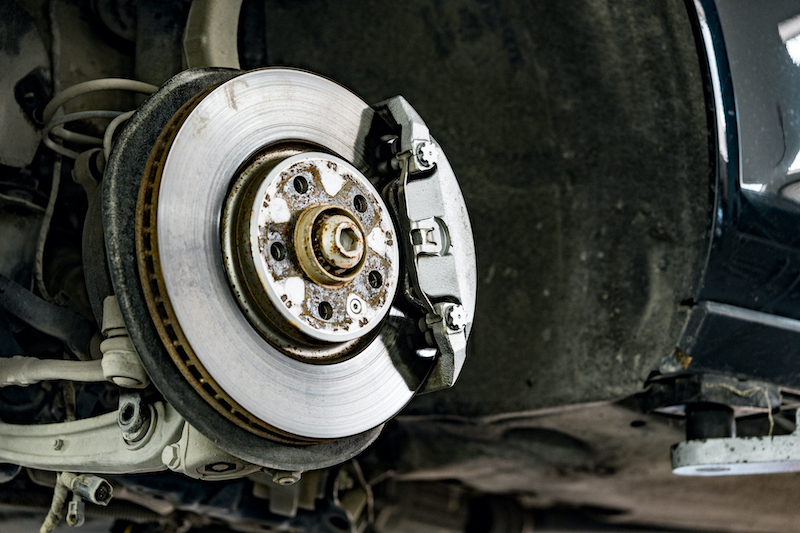5 Common Tech Problems in Cars and How to Fix Them
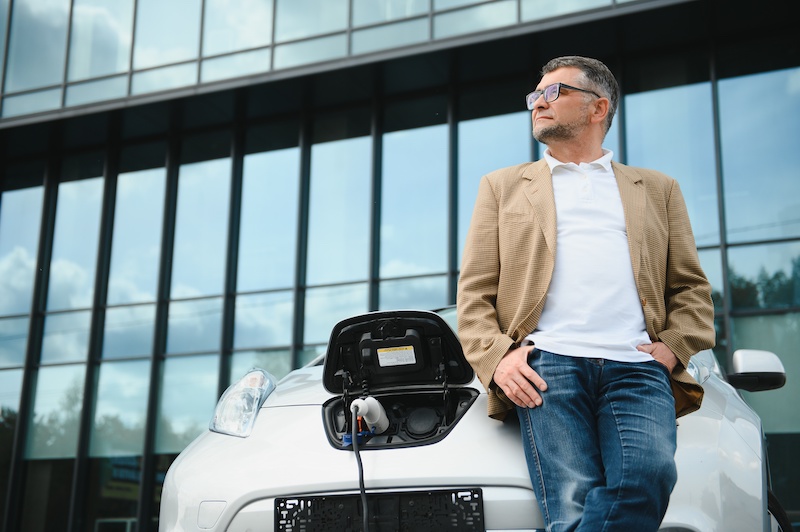
As technology advances, vehicles are becoming considerably more complicated. With this, however, comes problems that are not always easy to resolve. From connectivity issues to software glitches, it can be rather difficult to navigate. However, with the correct knowledge and solutions, you can tackle these issues head-on.
In this blog, we’ll talk about five common tech problems that drivers frequently encounter and provide practical, step-by-step instructions on how to resolve them effectively. Whether you’re grappling with Bluetooth connectivity woes, experiencing trouble with your infotainment system, or facing battery drainage issues, we’ve got you covered.
With these troubleshooting tips, you’ll gain the confidence to address these issues independently, saving time and money on unnecessary trips to the mechanic. Ready to equip yourself with the know-how to keep your high-tech car running smoothly? Let’s dive in and understand these car tech challenges!
1. Connectivity Issues and Interface Glitches
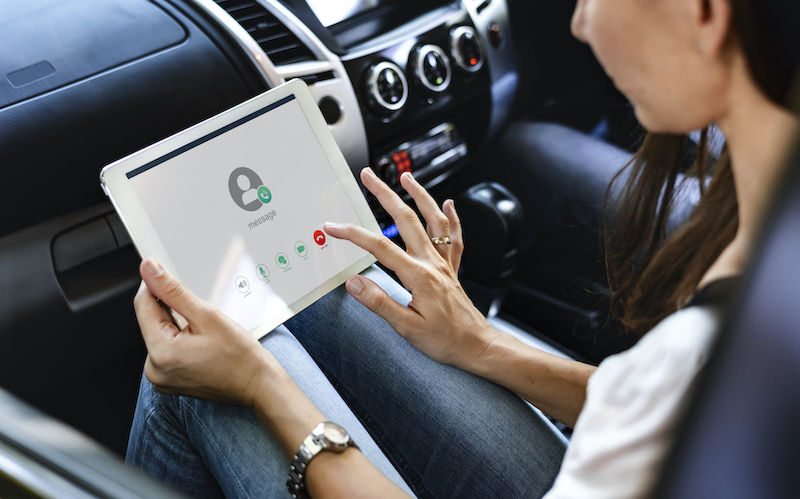
Smart car connectivity issues can be frustrating as it disrupts your driving experience and leaves you feeling disconnected. From Bluetooth pairing problems to Wi-Fi connectivity issues, these hurdles often arise unexpectedly.
However, you can easily navigate these challenges with a few simple steps. Firstly, ensure that your car’s software is up to date, reset your network settings, and check for any interference sources. You could also check for compatibility issues with your devices.
Additionally, try to familiarise yourself with your vehicle’s manual to troubleshoot specific connectivity issues. By following these tips and staying proactive, you can overcome these common tech problems in your car and enjoy seamless connectivity on the road.
2. Problems with Electric Car Batteries
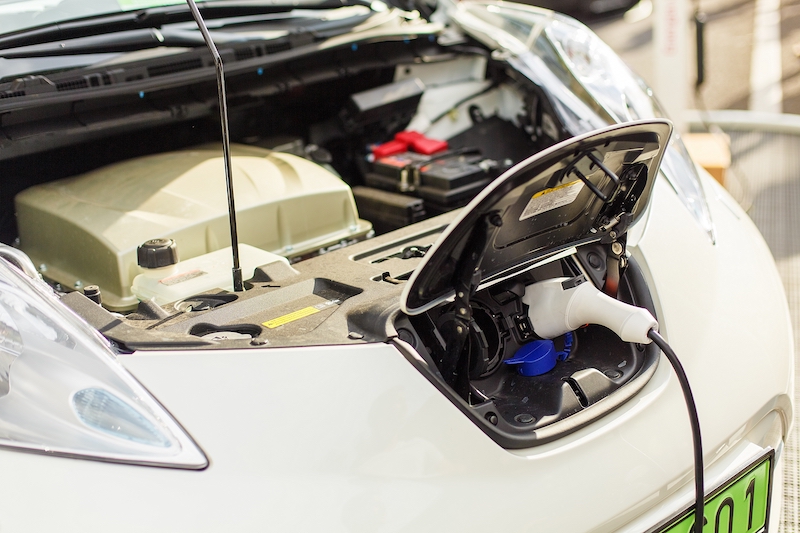
When it comes to electric or hybrid smart cars, dealing with battery problems can be incredibly frustrating and lead to inconvenience, especially on busy days with lots of traffic. These issues may include reduced range, slow charging, or sudden battery depletion.
That being said, there are strategies to tackle these challenges effectively. You can start by improving your driving habits to conserve battery power, ensuring that your charging infrastructure is reliable and compatible, and considering software updates or battery maintenance services offered by your manufacturer. Additionally, you can make sure that your car isn’t exposed to extreme temperatures as that could affect the batteries.
By staying informed and promptly addressing battery life problems in your electric or hybrid smart car, you can enjoy a smoother and more efficient driving experience.
3. Faulty Sensors and Cameras
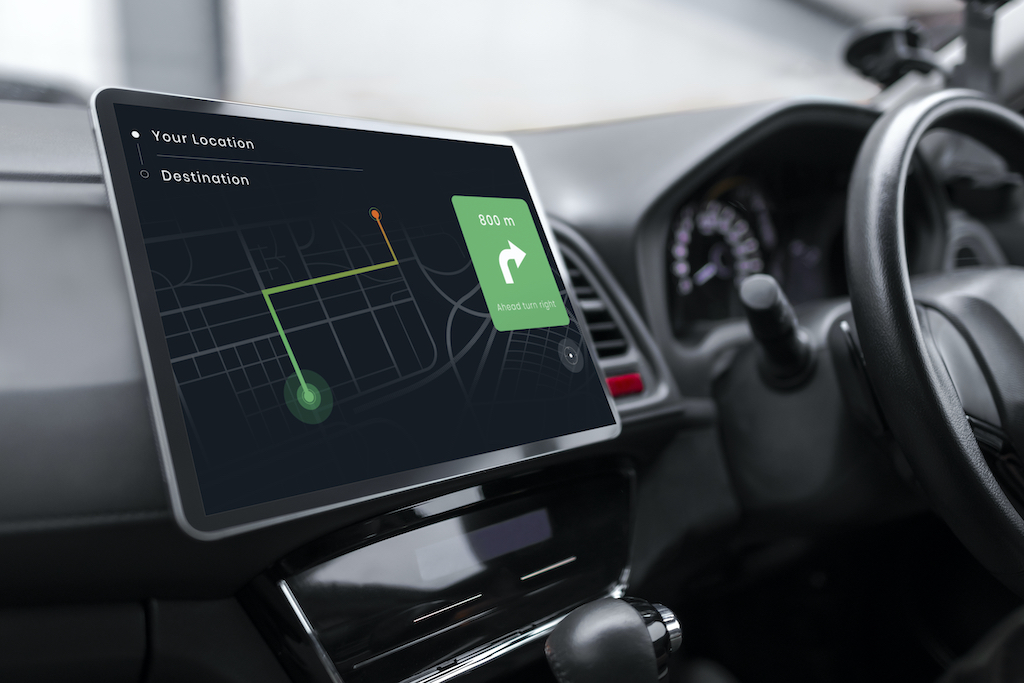
The sensors and cameras in high-tech cars are used to power various safety features like adaptive cruise control or lane-keeping assist. If these components aren’t working well, it can compromise your car’s safety and functionality, leading to potential hazards on the road. Symptoms like warning lights, erratic behaviour, or complete sensor failure may indicate various underlying issues.
To troubleshoot, start by checking for dirt or debris that may be obstructing the sensors and cameras, and ensure that they’re clean. Next, inspect the wiring and connections for damage or corrosion, and quickly address any issues found.
If problems persist, you could also consult your vehicle’s manual for reset procedures or seek professional assistance from a qualified mechanic. By promptly addressing faulty sensors and cameras, you can maintain optimal safety and performance in your smart vehicle.
4. Software Bugs and Updates
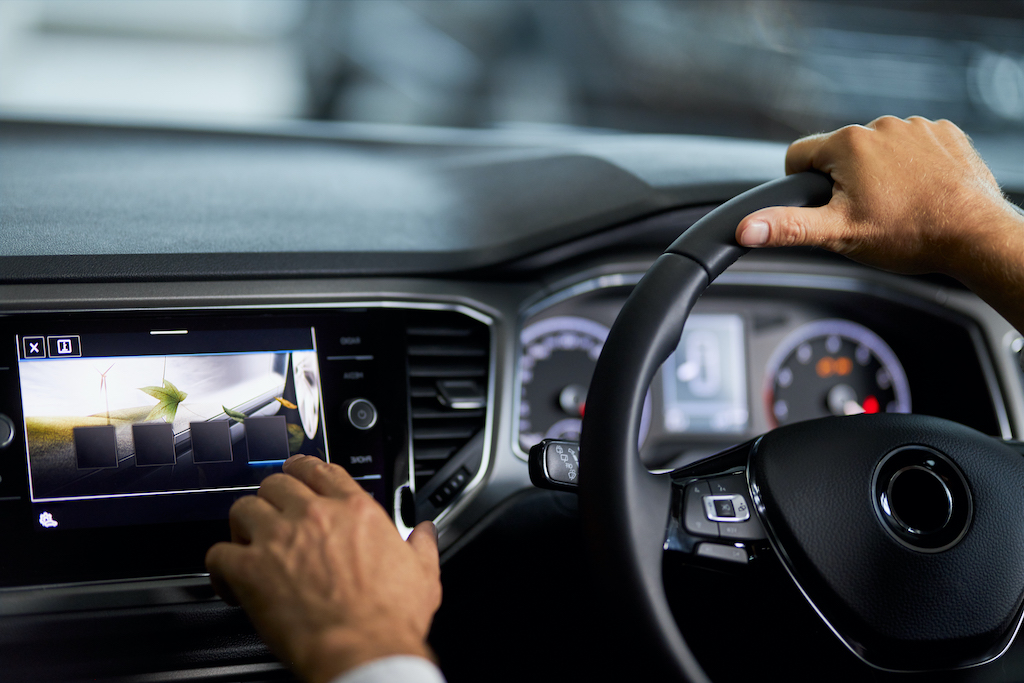
Software bugs in smart cars can lead to malfunctions, glitches, and compromised performance. Symptoms like freezing screens or unresponsive controls often indicate software issues. To address these bugs, you should regularly update your car’s software.
Start by checking for available updates through the manufacturer’s website or dedicated app. Before updating, ensure that your vehicle is parked in a well-ventilated area with a stable internet connection. Then, follow the manufacturer’s instructions carefully and back up any important data if necessary.
During the update process, don’t turn off the vehicle or interrupt the update as it could lead to you having to start over. By staying proactive with software updates, you can keep your car functioning and performing its best.
5. Electrical System Overloads

Electrical system overloads pose a significant risk to the functionality and safety of high-tech cars. Flickering lights, blown fuses, or malfunctioning electronics are the common signs of an overload.
To prevent this, ensure that all electrical accessories are compatible with your vehicle’s specifications. Avoid overloading the power outlets and USB ports with numerous devices or chargers. You can also regularly inspect wiring and connections for signs of wear or damage, and address any issues promptly.
Additionally, refrain from jump-starting other vehicles unless specified by the manufacturer. By staying vigilant in managing electrical loads, you can minimise the risk of overloads and maintain the integrity of your smart car’s electrical system.
To Tackle Tech Problems in Your Car, Choose Online Automotive’s Car Parts
Have you experienced any of these common tech problems in your car? If you need replacement car parts to conduct repairs, we’ve got you covered!
At Online Automotive, we offer a comprehensive selection of high-quality replacement parts, carefully curated to meet your car repair needs. Our competitive prices also ensure that you get the best value for your money.
With expert product descriptions and responsive customer support, we strive to make your shopping experience seamless. Trust us to be your reliable partner in the world of DIY car repairs, ensuring that all your journeys are convenient and hassle-free.
Explore our range of products and get in touch with us today!




